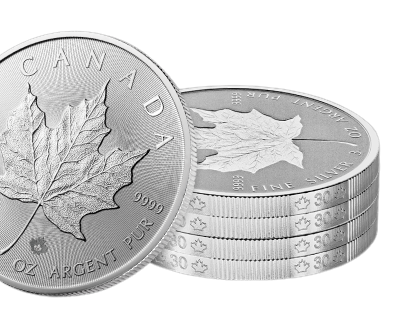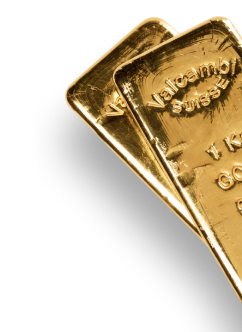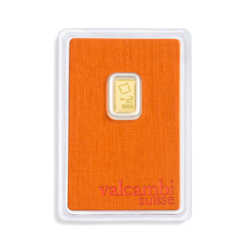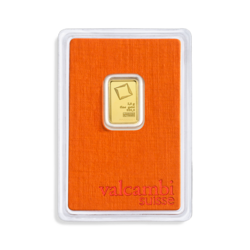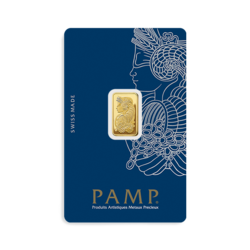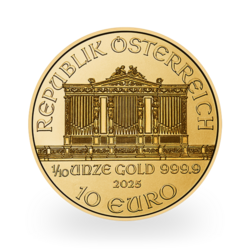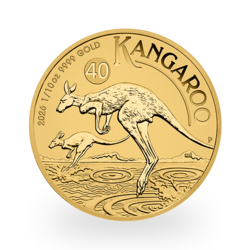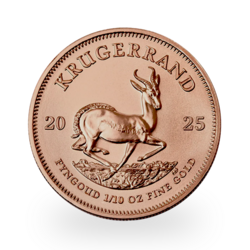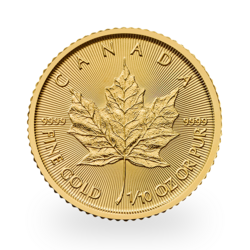On June 17, 2025, documents relating to the decisions of a G7 meeting were made public (European Commission, Japan, Canada, Reuters, etc.).
This meeting, held in Canada on Monday, June 16, resulted in the implementation of measures aimed at stimulating the production of rare earths and strategic minerals, supporting the development of the mining companies concerned, improving their profitability, and, consequently, facilitating their financing.
Donald Trump had already anticipated these guidelines in his "Executive Orders" of March 20, 2025.
In my June 10, 2025 article, I detailed the cycles of the mining industry. In recent years, many mines specializing in the extraction of pure silver have been forced to close due to declining metal content in the ore and insufficient profitability. Investors familiar with the sector will know that mining stock prices have been even more severely battered than silver bullion, as this chart from First Majestic illustrates.
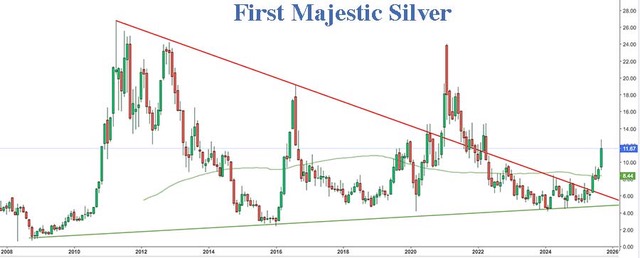
During the 2008-2009 crash, the stock fell to $0.56, before soaring to $28 with the silver boom in 2011, then falling back to around $4 in the following years. A mining stock is, ultimately, just a paper security, whose value fluctuates extremely volatile depending on financial news. In times of liquidity crisis, investors are forced to sell their positions urgently to meet margin calls. Today, the bond crisis affecting Japan, the United Kingdom, France, and the United States is a veritable sword of Damocles hanging over the markets. Its worsening could occur as early as next month and cause a sudden drop in stocks, currently at record levels.
On July 14, 2025, my article "China and the Revaluation of Precious Metals" revealed a document published by the Chinese government on June 23, 2025. This text details the measures to be implemented by the various ministries to promote geological research, modernize old mines, enhance the value of ores previously considered insufficient, improve refining techniques to reduce their environmental impact, strengthen all recovery sectors, and so on.
The Chinese document explicitly mentions gold and silver throughout.
The implementation of this policy can only be achieved through the liberalization of prices for the materials concerned, such as gold and silver, so that they can move freely according to the mechanism of supply and demand, and a true market price can emerge. Regarding rare earths, consideration is being given to establishing a floor price to ensure the profitability of mining companies in the sector.
During his visits to Japan in 1978 and 1979, Deng Xiaoping asked his counterparts the secret of their economic success.
In response, the Japanese asked him: "How many banks do you have?"
"Just one, the People's Bank of China."
"We have thousands of banks. They are everywhere, in every neighborhood and village, so that their managers are always close to their customers and understand their needs, so they are always ready to help them expand."
Following this example, Deng Xiaoping amended the PBoC's statutes in 1983. Its subsidiaries were privatized, so that the Bank would cease all strictly commercial activities and devote itself exclusively to its role as China's central bank.
The "Regulations of the People's Republic of China on Gold and Silver Control" issued on June 15, 1983, states:
"Article 4. The People's Bank of China shall be the State organ responsible for the control of gold and silver in the People's Republic of China.
The People's Bank of China shall be responsible for the control of the State's gold and silver reserves; responsible for the purchase and sale of gold and silver; work in conjunction with the authority responsible for commodity prices to formulate and administer a purchase and sales price for gold and silver; work in conjunction with the competent department to examine and approve the operations (including processing and sales) of units (hereinafter referred to as managing units) dealing in gold and silver products, chemical products containing gold and silver, the recovery of gold and silver from residual liquid and solid wastes; control and inspect the gold and silver market and supervise the implementation of these Regulations."
Unlike the West, which has sought to erase from collective memory the indisputable fact that silver is a rare and precious metal — and that it has served as currency for over 6,000 years — the Chinese government systematically associates gold and silver. This is still evident in this official document, dated June 23, 2025, but whose decisions appear to have been made as early as early 2024, a time that corresponds to the first upward surge in precious metals.
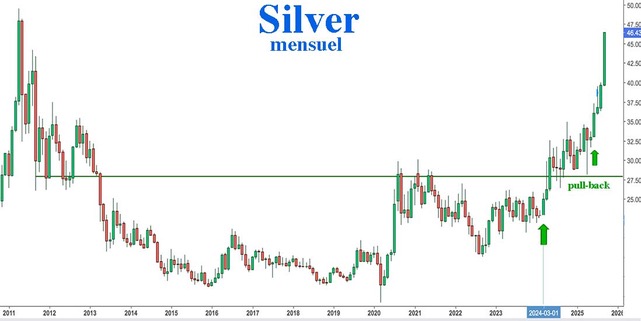
Before 1978, China had a planned economy, and the government itself ensured the supply of all raw materials. The Ministry of Raw Materials held sole responsibility for this. The state then implemented a unified policy for the purchase and sale of precious metals.
With the reform and opening-up policy, China gradually abandoned the Stalinist planned economy system and introduced Western-inspired market mechanisms. In 1993, during the State Council's institutional reform, the Ministry of Raw Materials was abolished, and its affiliated companies merged to form Chengtong Holdings Group Ltd. This inherited all of the ministry's activities, including precious metals supply chain management.
Chengtong Precious Metals worked in cooperation with the People's Bank of China and other high-level institutions to design and establish the Shanghai Gold Exchange. It also played a central role in the historic reform of the silver market, steering it toward a true market system, organizing the listing of silver products, and participating in the design of silver contracts on the Shanghai Futures Exchange. A pioneer in the Chinese silver market, it was both the founder and author of the trading rules and industrial policies relating to gold and silver.
Its industrial applications are vast: electrical alloys (the first user of silver), photovoltaic silver paste, electronic components, banknote printing, aerospace, 5G, semiconductors, automotive, high-speed rail, pharmaceuticals, welding consumables, targets, and investments. Among its flagship products is the famous Chinese Silver Panda. The company proudly claims that its raw materials and products are used in new fighter jets, radars, electromagnetic catapult aircraft carriers, the Shenzhou spacecraft, the Tiangong space station, and many other strategic programs.
Chengtong PM is a supplier, agent, and service provider. They handle everything related to precious metals in China!
China purchases gold and silver on the international market through European and American agents — as the information published on Chengtong PM's official website clearly indicates. For his purchases of silver, Chengtong PM used the services of HSBC (Hong Kong and Shanghai Banking Corporation) to weigh down the prices, probably in coordination with JPMorgan for its operations in New York and London.
In November 2024, Michael Lynch published a particularly interesting study.
By examining detailed COMEX data, he found that the rise in gold was due to the absence of real sellers.
This was thus the formation of a real price in a market that had finally normalized — an unprecedented situation, since this market had been under the control of the banking cartel since the 1970s. Gold's continued rise therefore appears to be the result of an international consensus.
By studying COMEX data in detail, Michael Lynch also noted that in 2024, the silver market actually had only one real seller: an HSBC client account, which was alone responsible for 94% of silver sales on this market. Between December 2023 and November 2024, this same player sold 51.7 million ounces… without ever buying a single one. This client had single-handedly manipulated silver prices in New York.
Looking at HSBC's chart, we see that the bank's stock had fallen sharply in February-March 2020, like all global markets, due to the pandemic. But while most stocks rebounded by April 2020, HSBC's stock continued to plummet for six more months and only recovered above its March 2020 low after 21 months. The stock had fallen from $800 to $280, nearly bankrupt.
In 2019, 39% of HSBC's $50 billion in profits came from its operations with Chinese companies. But in 2020, its share of lending to these companies fell by 55%, even as the market grew by 29%. By the end of 2020, China-related activities represented only 6% of the bank's profits (Source Reuters).
Beginning in late 2019, China exerted pressure on HSBC by blacklisting it and withdrawing all customers from state-owned and semi-state-owned companies. At the time, these companies represented a combined turnover of $9.8 trillions.
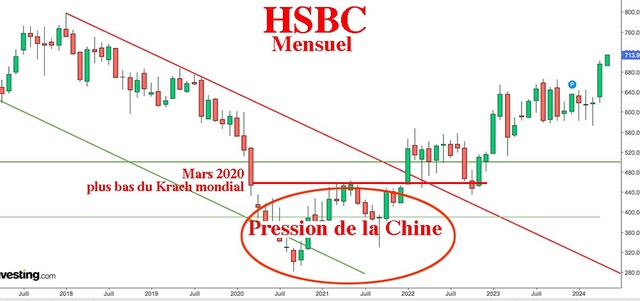
To avoid bankruptcy, HSBC had to enter into confidential agreements with the Chinese authorities. Some of these agreements reportedly involved manipulating the downward price of silver.
Back to the hot news
In 2024, China became the world's leading producer of gold and silver.
In June 2025, the Chinese government took measures to encourage mining production, its financing, refining, and recovery.
The most effective lever for achieving these objectives is to revalue the price of precious metals, in order to make each of these activities highly profitable and therefore attractive to investors.
This is exactly what happened on Chinese stock markets: all precious metals-related stocks soared so much that they repeatedly reached the authorized daily increase limit of 10%.
In the West, mining company stocks have also broken their downward trend and are showing significant gains.
However, caution is advised: these stocks remain extremely sensitive to market shocks and could be penalized by rising energy costs.
The White House's various executive orders explicitly encourage the mining of copper and zinc. Yet, nearly 70% of the world's silver production comes from these same mines.
As for the recent G7 directives:
"We, the leaders of the G7, recognize that critical minerals are essential to the secure digital and energy economies of tomorrow."
They simply repeat the Chinese directives, cloaked in the waffle of Western politicians.
Silver is an absolutely ESSENTIAL element for all forms of electronics — including artificial intelligence — but also for new energy sources, such as photovoltaics. However, known resources are dwindling. Geological research, too costly and unprofitable in recent years, has not led to the discovery of new deposits.
The Chinese directives appear infinitely clearer than those of the G7. The current rise in the price of silver should allow the re-exploitation of residual veins in mines once considered exhausted. What is true in China is equally true in the West: old mines abandoned as early as the 18th century, following the massive influx of silver from the Americas, could be reactivated, provided the price of the ore ensures profitability.
What should be the price of an ounce of silver ?
In 2024, mine production will have reached 25,000 tons of silver for 3,300 tons of gold, a ratio of 8 to 1.
According to the USGS, the remaining reserves in the subsoil reach 640,000 tons of silver for 64,000 tons of gold, a ratio of 10 to 1.
The BIS statistics on financial derivatives related to precious metals confirm this same 10 to 1 ratio.
This logic should therefore, quite consistently, be reflected in the relative price of gold and silver.
The current rise in silver is only just beginning. There is nothing speculative about it: it represents the long-heralded revaluation, notably by Christine Lagarde in 2014 when she spoke of the "RESET".
Silver prices are expected to quickly reach three-digit levels, despite possible consolidation phases during this historic rally.
Reproduction, in whole or in part, is authorized as long as it includes all the text hyperlinks and a link back to the original source.
The information contained in this article is for information purposes only and does not constitute investment advice or a recommendation to buy or sell.

